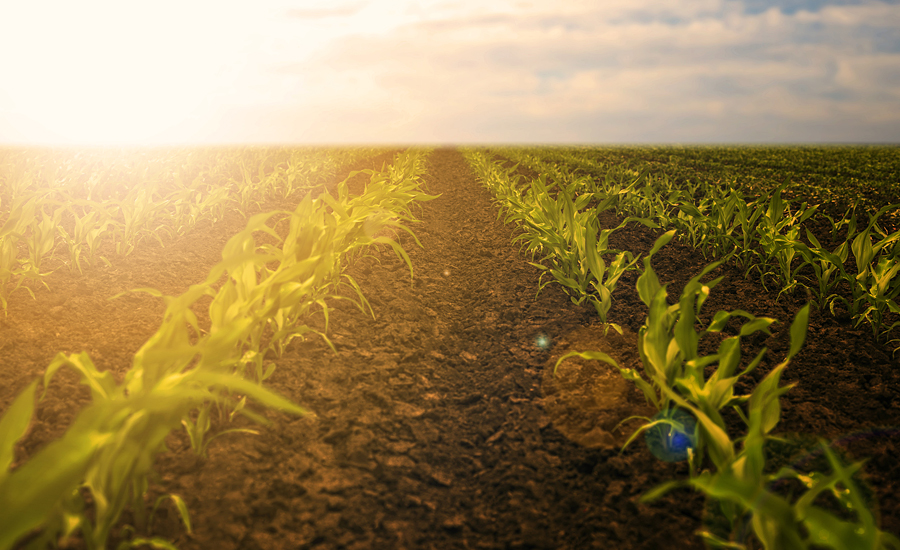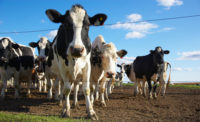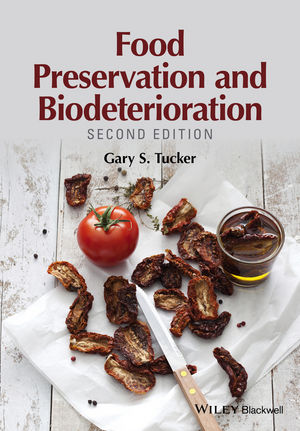Sustainable food champions reveal progress toward food loss, waste reduction
Ten of the world’s largest food brands have not only set targets to halve their food waste by 2030, but also committed to publishing the food waste data for their operations within the next 12 months.

Nearly two-thirds of the world’s 50 largest food companies now participate in programs with a food loss and waste reduction target, according to the new Champions 12.3 progress report.
This report, released on behalf of Champions 12.3, a unique coalition of leaders from government, business and civil society around the world dedicated to inspiring ambition, mobilizing action, shows that companies are embracing food loss and waste reductions consistent with sustainable development goals (SDG) Target 12.3.
“In a world where one in nine people go hungry, it is a tragedy that a third of all food is lost or wasted. Today’s Champions 12.3 report highlights that great progress has been made, but we need more countries and companies to step up,” says Dave Lewis, chair of Champions 12.3 and group chief executive of Tesco, UK.
- Target. Leading food brands embrace targets and transparency to reduce food waste
Ten of the world’s largest food brands have not only set targets to halve their food waste by 2030, but also committed to publishing the food waste data for their operations within the next 12 months and will take concrete steps to reduce food waste in the supply chain and in customers’ homes. Of the 10 brands, six have made this commitment for their global operations and four for their European or UK businesses.
“Publishing food waste data helps us to take targeted action to tackle the problem together from farm to fork,” adds Lewis.
- Measure. New online site brings global food loss and waste data to fingertips
In a major advancement for food loss and waste data, Marcus Gover, chief executive of Worldwide Responsible Accredited Production (WRAP), Arlington, Va., announced the Food Waste Atlas, which simplifies finding quantified data that companies and governments can use when measuring their food loss and waste by food type, geography or stage in the supply chain. It also enables companies and governments to post their completed inventories in congruence with the Food Loss and Waste Accounting and Reporting Standard.
Developed by WRAP and World Resources Institute, Washington, D.C., and with financial backing from the Walmart Foundation, Bentonville, Ark., the Food Waste Atlas contains data from all parts of the supply chain and from over 190 countries. Its supporters include United Nations Environment Program, Kenya; World Business Council for Sustainable Development, Switzerland; and Wageningen University & Research Centre, The Netherlands.
“I am delighted to share the Food Waste Atlas with Champions 12.3 today,” says Gover. “Atlas is a hugely important tool to find and report data on food loss and waste to help companies and governments benchmark action globally. Closer to home, we are also unveiling the first Food Waste Reduction Roadmap. This is a UK-wide commitment by all major retailers and more than 50 large food businesses to target, measure, act and deliver their part in achieving SDG 12.3. Working with the IGD, WRAP has set out the key milestones UK businesses must reach, and together with Atlas, the Roadmap will be an important part of the mechanism to help us all win the food waste fight.”
- Act. Africa launches first strategy to halve post-harvest losses
Ambassador Josefa Sacko, the African Union commissioner for rural economy and agriculture, announced “The Continental Post Harvest Loss Management Strategy,” which details a suite of innovations in policies, technology, market infrastructure, capacity building and investment needed to achieve a target for halving post-harvest losses in Africa by 2025. As the first-ever post-harvest loss strategy for the continent, it is a landmark for Africa and the Union’s 55-member states.
“For grains alone, the value of post-harvest losses in Africa are estimated to equal $4 billion per year, an amount that could help feed 48 million people,” says Sacko. “Tackling food loss is critical to Africa. Hence it is time for us to take action, and our new strategy is the foundation for that action.”
“The African Union’s new strategy clearly links reducing farm losses with reducing hunger. By addressing food losses, we also support farmers in building sustainable livelihoods, which can have ripple effects for generations to come,” says Hans Hoogeveen, ambassador and permanent representative of the Netherlands to the UN Organizations for Food and Agriculture.
The report finds that an estimated 30% of the world’s population now lives in a country or regional bloc with a specific food loss and waste reduction target. These include the African Union, European Union, Australia, Japan and the United States. The United Kingdom, United States, Denmark and the Netherlands are emerging as world leaders setting an example for other nations.
“In the coming year, the world needs to increase its financial investment in reducing the amount of food in Africa and Asia that is lost before hitting the market. At the other end of the food chain, governments and companies should focus on helping reduce consumer and household-level waste. If we can tackle both ends of the food chain, we stand a great chance of halving food loss and waste by 2030,” says Liz Goodwin, senior fellow and director, food loss and waste at World Resources Institute.
Looking for a reprint of this article?
From high-res PDFs to custom plaques, order your copy today!








